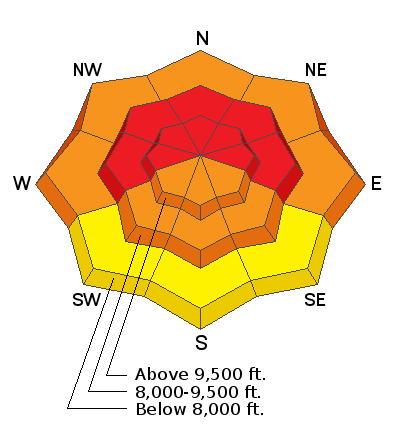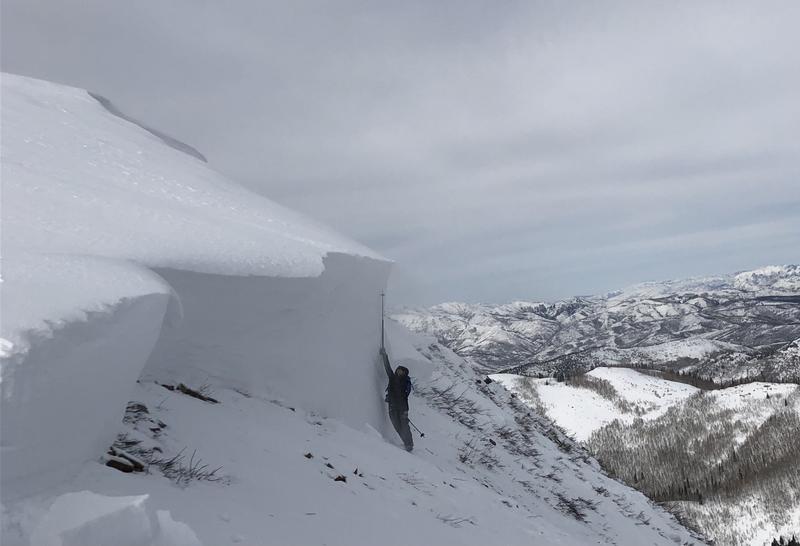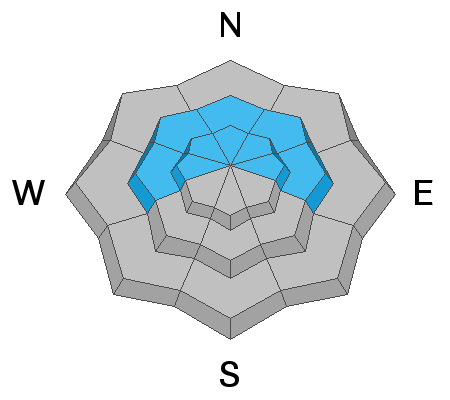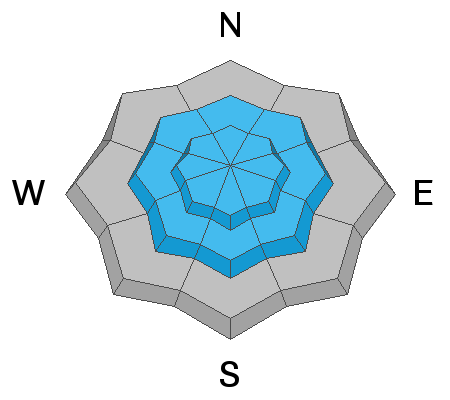Forecast for the Provo Area Mountains

Issued by Nikki Champion on
Wednesday morning, January 5, 2022
Wednesday morning, January 5, 2022
Heavy snowfall, high winds, and warm temperatures will cause the avalanche danger to rise to HIGH. Pay attention to changing weather - avalanche danger will increase as this storm intensifies.
Natural and human-triggered avalanches are likely. Even unusual avalanches are possible in atypical terrain on atypical aspects and elevations.
Natural and human-triggered avalanches are likely. Even unusual avalanches are possible in atypical terrain on atypical aspects and elevations.
Today, there are three avalanche problems to watch for: (1) triggering a slab avalanche 4-6' deep in the weak faceted snow, (2) sluffing and soft slab avalanches within the new snow, and (3) both soft and hard slabs of wind drifted snow that would likely steep down into the weak snow below.
What to do? The only viable strategy today is to ride slopes less than 30 degrees in slope steepness, well out from under, and not connected to slopes steeper than about 30 degrees.

Low
Moderate
Considerable
High
Extreme
Learn how to read the forecast here







